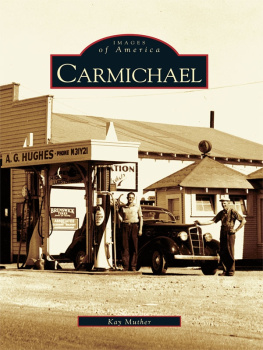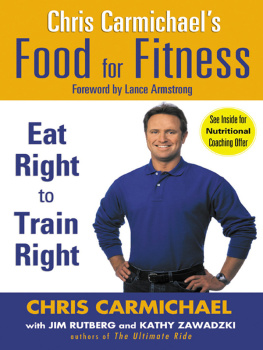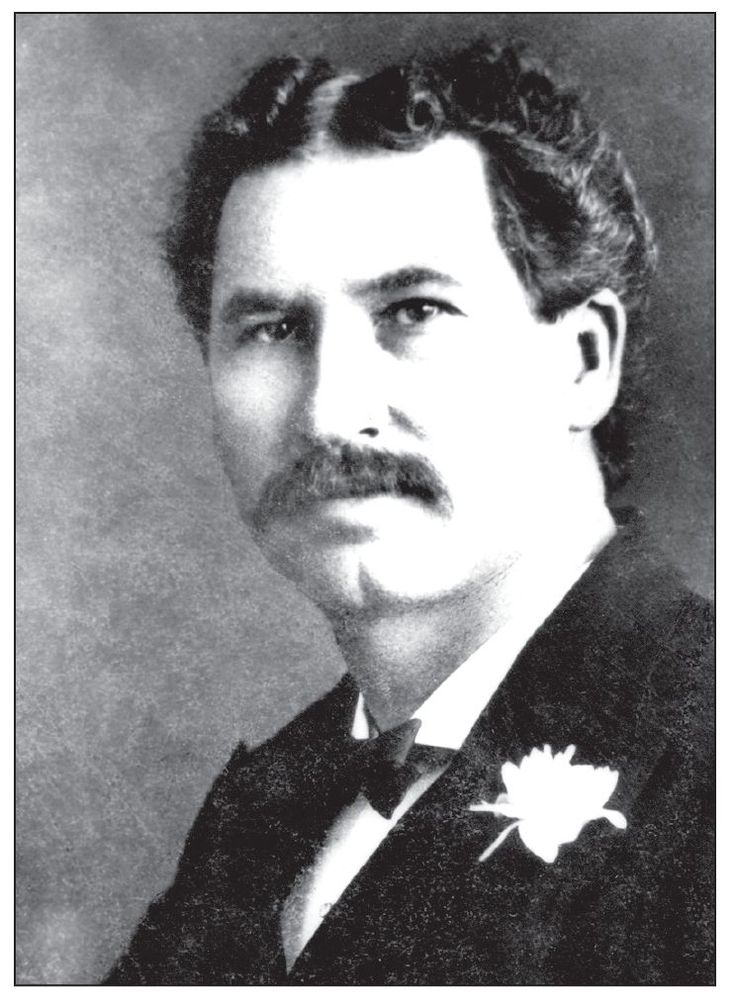Kay Muther - Carmichael
Here you can read online Kay Muther - Carmichael full text of the book (entire story) in english for free. Download pdf and epub, get meaning, cover and reviews about this ebook. year: 2004, publisher: Arcadia Publishing Inc., genre: Home and family. Description of the work, (preface) as well as reviews are available. Best literature library LitArk.com created for fans of good reading and offers a wide selection of genres:
Romance novel
Science fiction
Adventure
Detective
Science
History
Home and family
Prose
Art
Politics
Computer
Non-fiction
Religion
Business
Children
Humor
Choose a favorite category and find really read worthwhile books. Enjoy immersion in the world of imagination, feel the emotions of the characters or learn something new for yourself, make an fascinating discovery.
- Book:Carmichael
- Author:
- Publisher:Arcadia Publishing Inc.
- Genre:
- Year:2004
- Rating:3 / 5
- Favourites:Add to favourites
- Your mark:
Carmichael: summary, description and annotation
We offer to read an annotation, description, summary or preface (depends on what the author of the book "Carmichael" wrote himself). If you haven't found the necessary information about the book — write in the comments, we will try to find it.
The early inhabitants of the Mexican land grant known as Rancho San Juan, sprawling alongside the American River, could never guess that their humble settlement would someday become a bustling and scenic suburb with some of Californias most desirable real estate. Yet that is the tale of Carmichael, which evolved from an initial 2,000-acre purchase by founder Daniel W. Carmichael to the busy section of homes and businesses we know today. Showcased in this engaging volume of more than 200 vintage images are many aspects of life in Carmichael, from the wide-open pastures where roadside stands once offered fruits, vegetables, and eggs along todays Fair Oaks Boulevard to the 1920s service stations that sprang up, along with schools, churches, and shopping centers, to serve the burgeoning population of that era. The development of other important aspects of civic life, including road construction, community educational facilities, and shopping centers such as Crestview are explored in these pages as well.
Kay Muther: author's other books
Who wrote Carmichael? Find out the surname, the name of the author of the book and a list of all author's works by series.






















